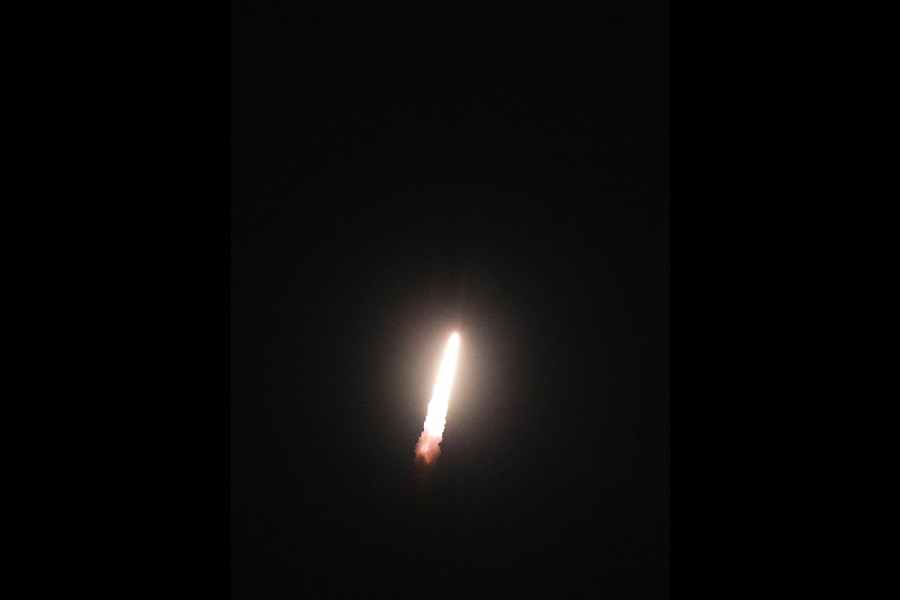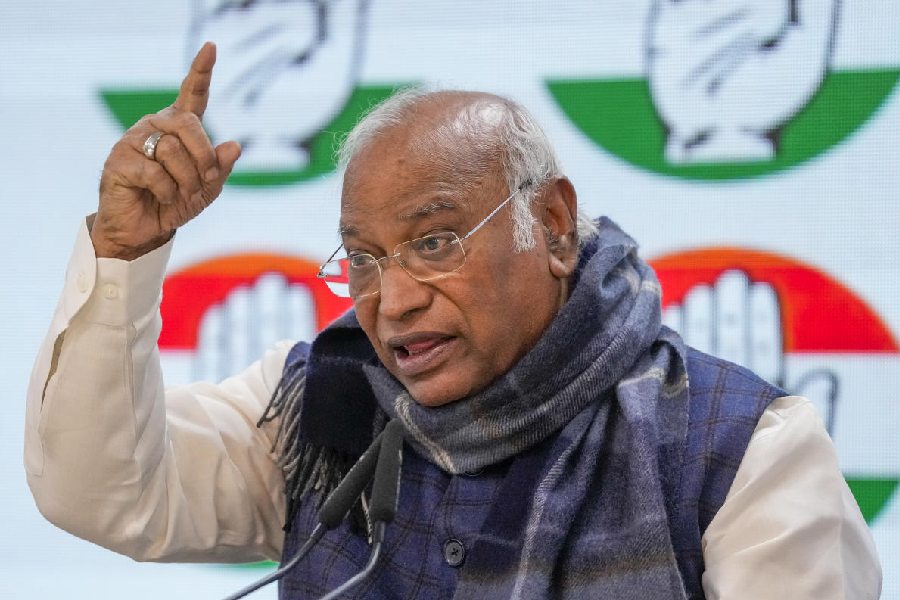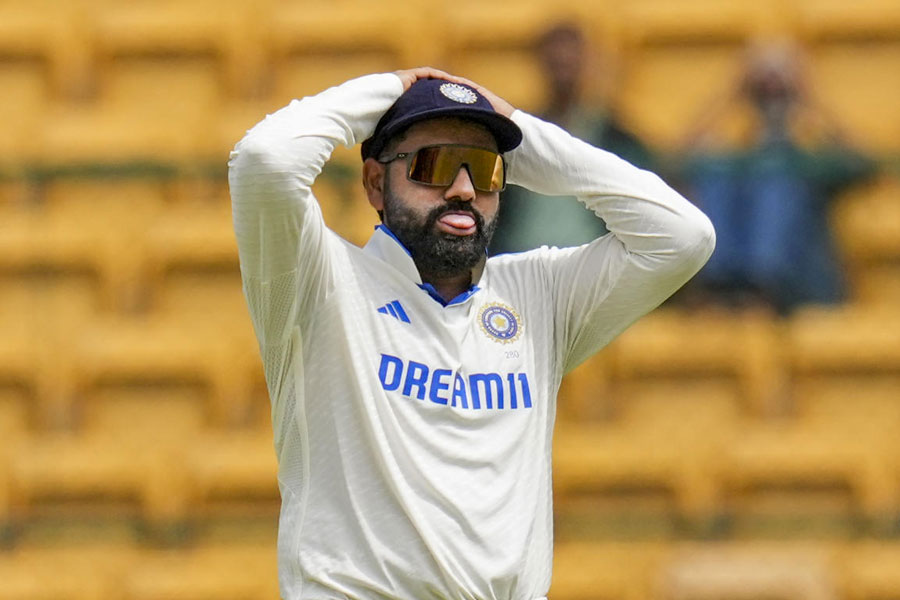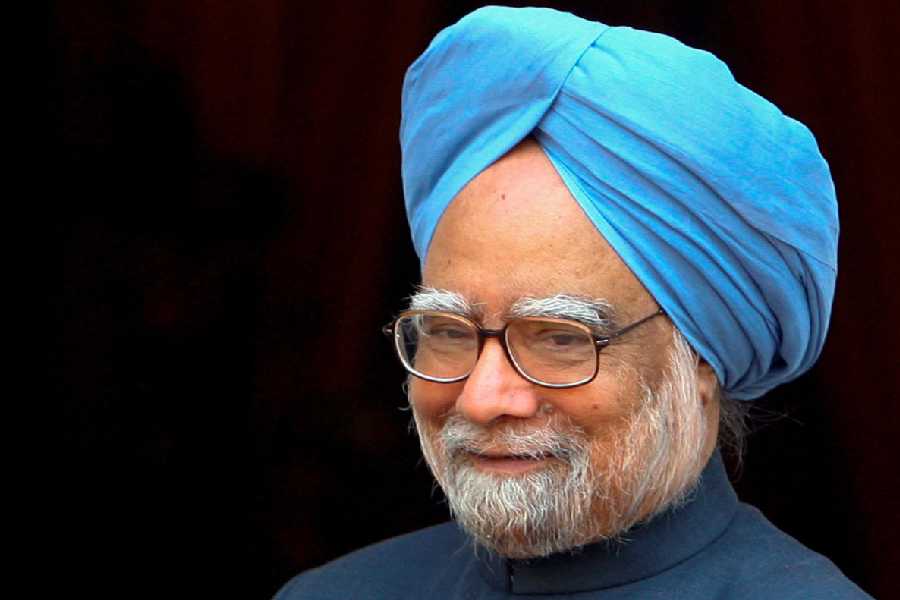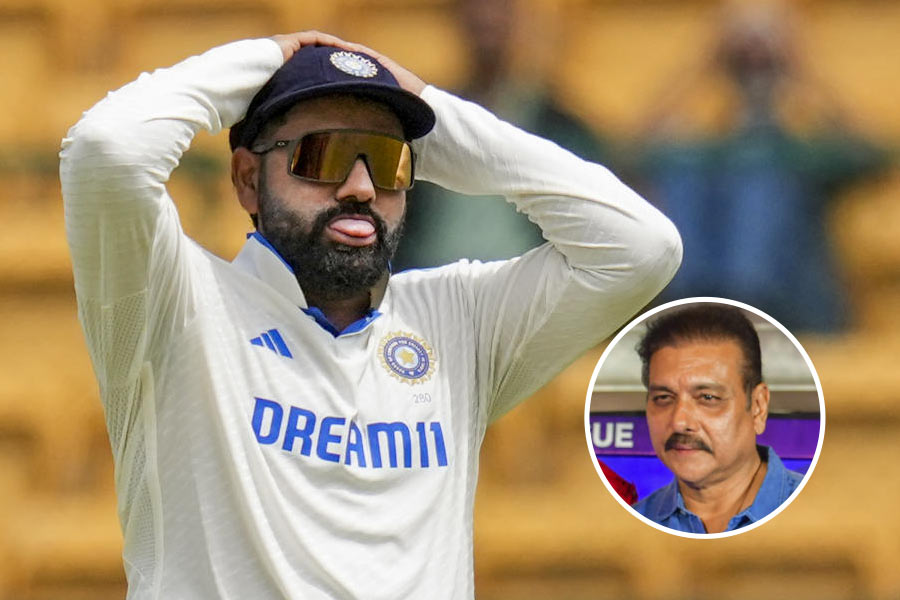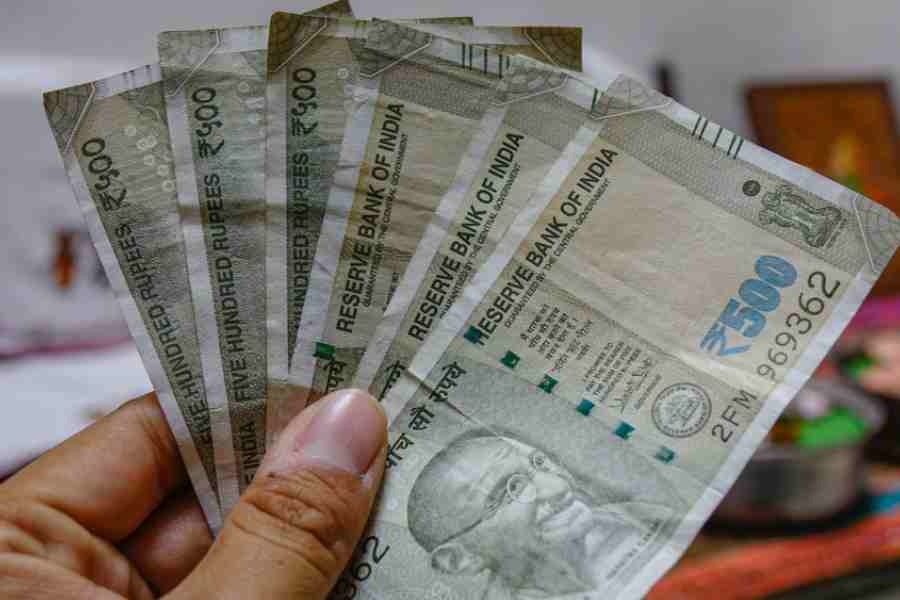India’s space agency on Monday launched two satellites aimed at showcasing in-space docking, a manoeuvre crucial for future missions such as building an Earth-orbiting space station or landing humans on the moon.
The Polar Satellite Launch Vehicle (PSLV), a workhorse rocket of the Indian Space Research Organisation (Isro), released the satellites — Chaser and Target — 475km above Earth about 15 minutes after its launch from the Sriharikota spaceport on India’s east coast.
“The rocket has placed the satellites in the right orbit. This is only one part of the mission,” Isro chairman S. Somanath said at the Satish Dhawan Space Centre, Sriharikota, seconds after the PSLV’s fourth stage released the two satellites three seconds apart.
The two satellites will spend a day moving apart from each other until they are 20km apart. At that point, a series of actions will be initiated to achieve the rendezvous and docking. “We hope that the docking can happen in about a week — January 7,” Somanath said.
The two satellites will by Tuesday night have built a distance of 20km from each other. At that point, a propulsion thruster on one of the satellites will be activated to maintain their separation of 20km. “The satellites will then be in the same orbit and the same speed 20km apart,” said M. Sankaran, director of Isro’s U.R. Rao SpaceCentre, Bengaluru.
“We’ll then need to wait for four days for favourable sun orientation to initiate the docking sequence,” Sankaran said. The sequence will involve gradually reducing the distance between the satellites from 20km to 10km to 5km to 3m. During this process, the satellites will begin to “talk” to one another, exchanging information on position and orientation. Their relative speed just ahead of docking will be 10mm a second.
Isro has said the planned docking will be “even more challenging” due to the small size and mass of the two docking spacecraft which will demand higher precision levels than required for the rendezvous and docking of large spacecraft.
The PSLV’s fourth stage, which released the Chaser and Target satellites, will be lowered into a 350km orbit where it will be used as an orbiting mini-laboratory with 24 experimental payloads for myriad science experiments for up to three months.
Among the payloads are a walking robotic arm that would be required in building a space station, a robotic manipulator intended to capture free-floating space debris and refuelling and free-floating spacecraft in future missions, and an experiment to study seed germination in microgravity by trying to grow eight cowpea seeds.

